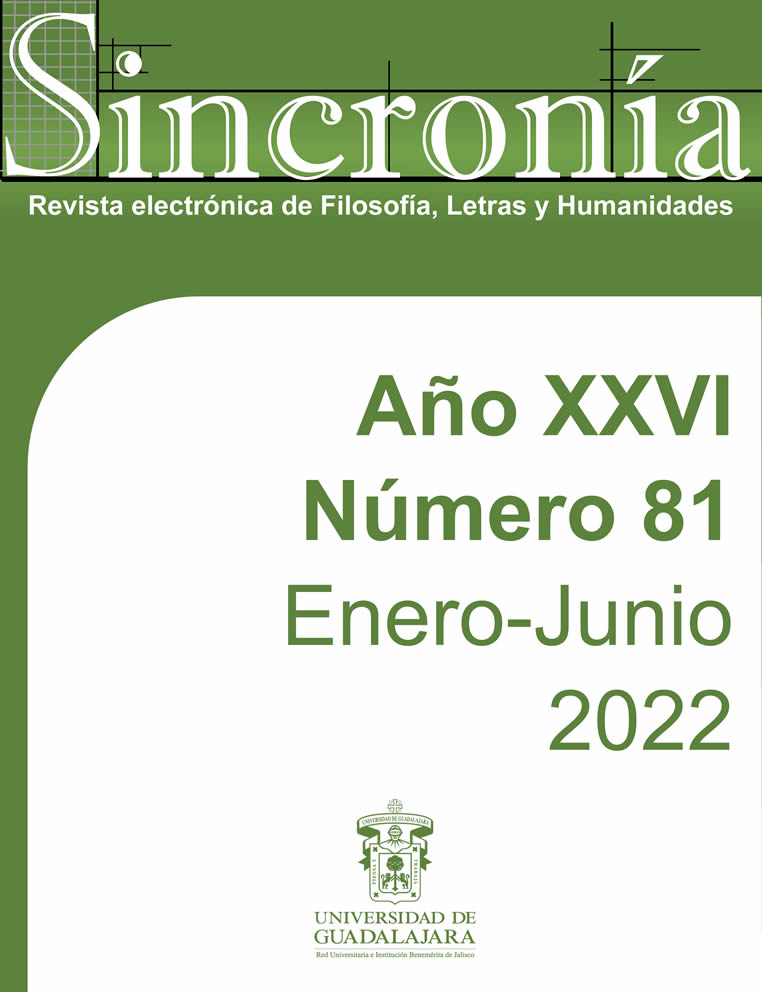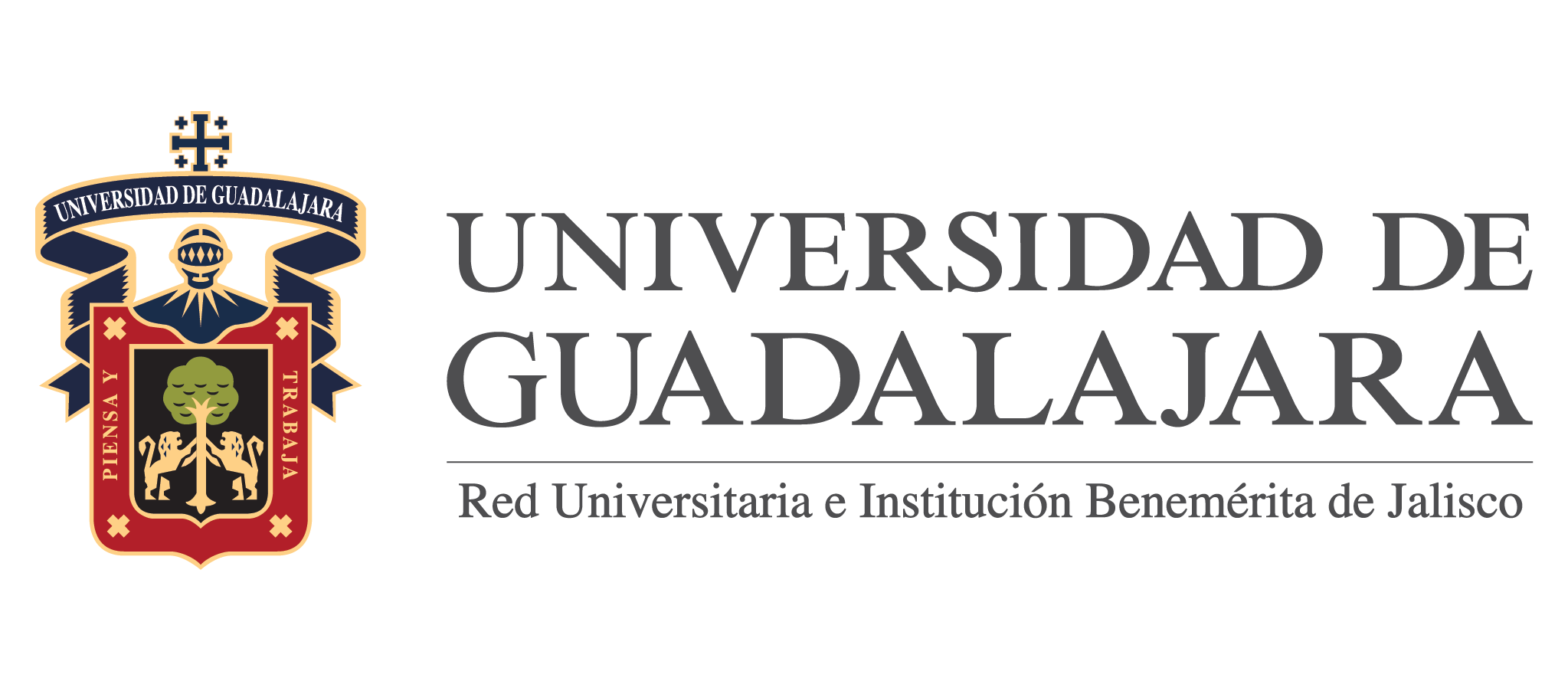The importance of including content and learning in the key learning plan and curriculum. First languague. Spanish at (2017) the secondary level to impove reading and writting.
Keywords:
Teenagers, Juvenile, Reading, Writing, Plan, Class programAbstract
Juvenile and teenagers encounter new and varied ways to learn and entertain themselves; they have
easy access to data, audiovisual materials, and other resources that synthesize and analyze the
information they look for; as a result, they are interested in what is fast, brief or that which can be
explained with images, generally looking forward to doing things easily and quickly. This context has
consequences on their reading abilities and impacts also their capacity for writing. Even though this is
the case, the Program Critical Learning. First Language Spanish (2017) does not provide the content
needed to alleviate this problem. This situation is because the Program focuses on exposing these
middle school students to a variety of academic papers, literary and social. Still, it leaves out its
syllabus syntax and morphology, two critical aspects for succeeding in writing. This article analyses
and compares some language practices among middle school students to the learning objectives of
language art textbooks, which contain critical topics to develop writing skills and that are less
considered for classroom activities in the 2017 program, not to mention the short time students have
for creating, revise and edit their writing.
Downloads
Downloads
Published
How to Cite
Issue
Section
License
Copyright (c) 2021 Hugo Oswaldo Obledo Rodríguez

This work is licensed under a Creative Commons Attribution-NonCommercial 4.0 International License.
You are free to:
- Share — copy and redistribute the material in any medium or format
- Adapt — remix, transform, and build upon the material
- The licensor cannot revoke these freedoms as long as you follow the license terms.
Under the following terms:
- Attribution — You must give appropriate credit , provide a link to the license, and indicate if changes were made . You may do so in any reasonable manner, but not in any way that suggests the licensor endorses you or your use.
- NonCommercial — You may not use the material for commercial purposes .
- No additional restrictions — You may not apply legal terms or technological measures that legally restrict others from doing anything the license permits.



























